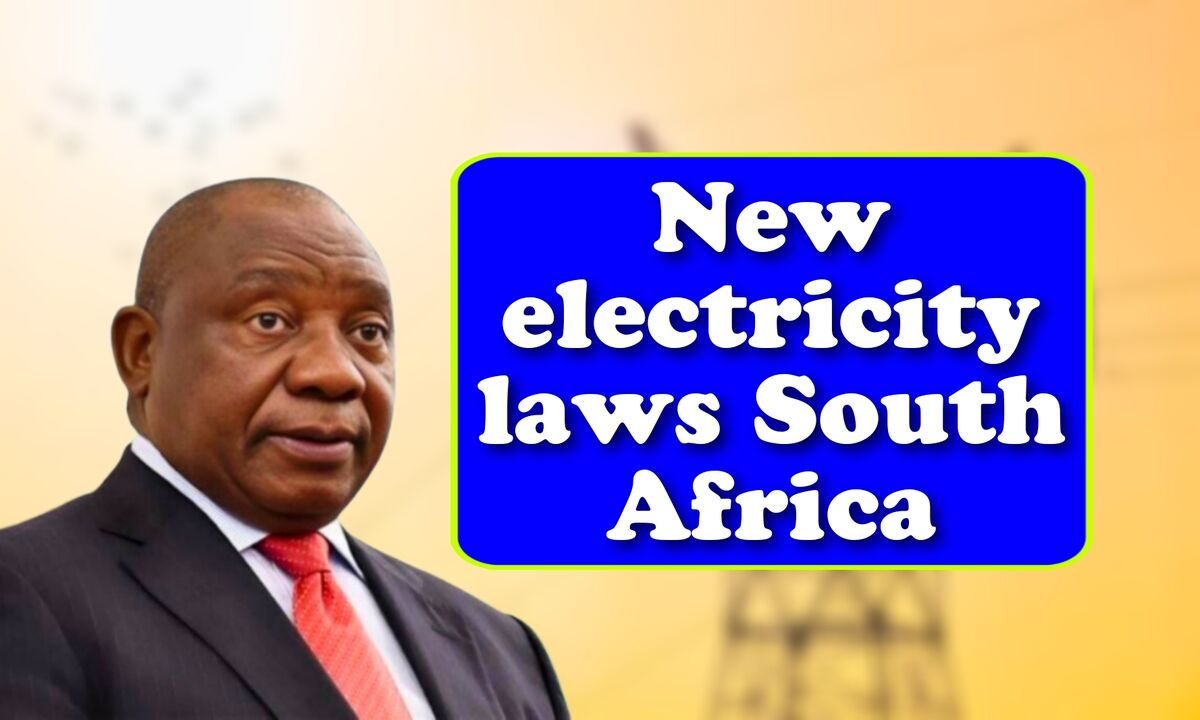South Africa Electricity Laws 2025 : South Africa has been undergoing major reforms towards its electricity system in the year 2025, with legislation intended to modernize the system and enhance energy security, eventually protecting consumers. However, these are transforming the modes of power generation, distribution, and billing, all the while with the shadow of rising costs and increasing load shedding looming overhead.
Important Features Of The New Electricity Laws
There are many changes introduced by the 2025 electricity laws:
- Eskom Unbundling: The restructuring of the South African state-owned power utility will continue and include its division into three separate entities-generation, transmission, and distribution-to induce efficiency and ensure accountability.
- Independent Power Producers (IPPs): The new regulations are easing restrictions on private companies, allowing them to freely generate and sell electricity, in order to enhance competition and boost renewable energy deployment.
- Net Metering for Households: Homeowners with solar panels can sell excess electricity to the grid and get credits on their bills.
- Stricter Tariff Regulations: The National Electricity Regulator of South Africa (NERSA) will more stringently prevent tariff hikes befitting unfair prices.
- Consumer Protection: Strong laws are forming against unfair billing, sudden disconnections, and poor service delivery.
Why These Changes Matter
For years, South Africans have struggled against unreliable electricity and tariff increments. The new framework, therefore, aims at promoting renewables and in so doing, loosening the stranglehold of coal on electricity supply and stabilizing the supply.
More prosumers will be able to generate power at home, whereas clearer rules for businesses will apply when they deal with independent suppliers.
When Will The Laws Come Into Force?
Most provisions will rather gradually take effect from the middle of 2025 into 2026. Changes in billing structures, tariffs, and service standards could, however, be noticeable to consumers by July 2025.
Local municipalities will also be empowered to procure power directly from independent producers from that point onward, so residents could see a mix of suppliers instead of solely relying on Eskom.
What Consumers Should Do
- Keep up-to-date: Stay informed through announcements provided by NERSA, Eskom, and your municipality.
- Think about the green way: If the resources are there, solar and net metering are just two options to reduce costs.
- Take a look at your bills: Discrepancies must be noted and reported promptly.
- Know your rights: With the new consumer protection regulations, the household gains stronger legal standing in any dispute.
Also Read: SASSA Grant Increase October 2025: New Payment Amounts And Full Payout Schedule
